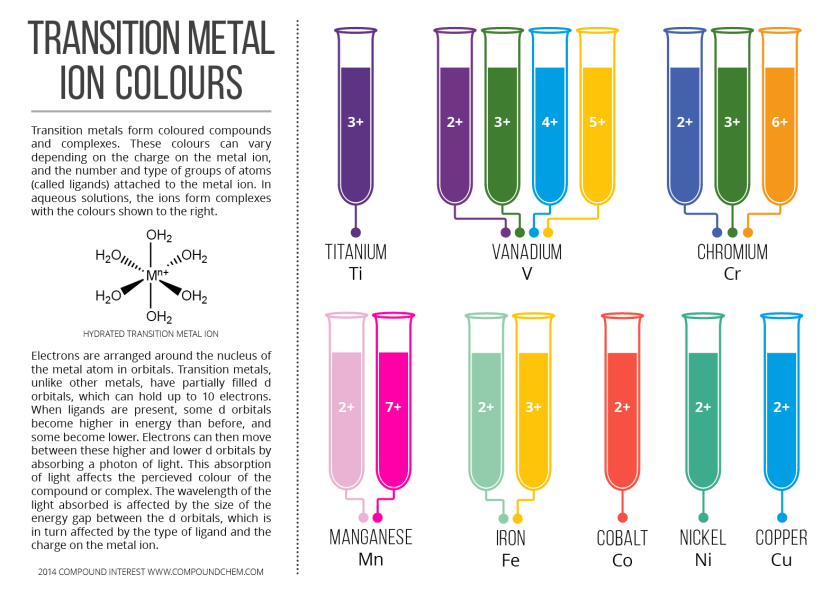Our Address:
Blk 488B Tampines St 45 #B1-147 S521488
Travel by MRT Tampines East (Downtown)
Tel: 6781 9325 / 6783 3218 /
=> preferred : 8121 6628 (SMS/WhatsApp text only)
Our Address:
Blk 488B Tampines St 45 #B1-147 S521488
Travel by MRT Tampines East (Downtown)
Tel: 6781 9325 / 6783 3218 /
=> preferred : 8121 6628 (SMS/WhatsApp text only)

Follow this link to contact us
Who is suitable for this Chemistry Booster?
Current Sec 4 & 5 students who will be sitting for the Chemistry (SPA Syllabus 5073) Paper 2 on 31st Oct 2017.
What are the topics that will be revised in this Chemistry Booster?
Current Sec 4 & 5 students of semester 2 classes get a $20 discount voucher each. Discount is only applicable for Chemistry Booster (full 2 sessions). Terms and conditions apply.

This is a very good review of Boiling/Melting Points and Intermolecular Forces. Do check out Qn 15 in the video. *Some of the concepts discussed in the video may be beyond O Level Chemistry, but it good for you as a learner to go deeper.
The boiling point of water is 100 ºC. The melting point of sodium chloride is 801 ºC.
Which of the following is most likely to be the boiling point of sea water?
A. 96 ºC
B. 104 º
C. 796 º
D. 805 ºC
Provide your answer in the comment box.

All plastics we use or encounter are substances called polymers. These polymers are themselves formed from chemical entities called monomers. Monomers can be a range of differing compounds, but specific polymers will generally contain monomers of only one or two types. The polymers are formed by joining together many monomers, like a long chain of paperclips, to form one long molecule.
Let’s look at a simple example to make this clearer. Polyethene is a plastic, or polymer, that is widely used in plastic shopping bags, plastic films, and to make some toys. It’s formed from many monomers of a a small molecule, ethene. At high temperature and pressure, and in the presence of oxygen as a catalyst, one of the two bonds between the two carbons in the molecule can be made to break, and allow them to form linking bonds to other ethene molecules. In the diagram below, n is a large number – each resultant polyethene chain from this process can be formed from as many as 20,000 individual ethene molecules.

Magnesium will react with an acid and make hydrogen gas. The more concentrated the acid, the faster the magnesium will react and you will see bubbles of hydrogen being produced more quickly.
A strong acid and a weak acid of the same concentration will react at different rates with the same metal.
You can see the difference between a strong acid and a weak acid of the same concentration by looking at the reaction with magnesium. The strong acid reacts faster and you see more bubbles of hydrogen. This is because the strong acid has more hydrogen ions in the solution even though it is at the same concentration as the weak acid. A piece of magnesium the same size should be used in both acids for the comparison to be fair.
The weak acid will produce the same amount of hydrogen as the strong acid
from the same amount of magnesium but the weak acid will take longer to do it.

Examiner’s Tip

How paper chromatography works
Paper chromatography depends on how the substances in a mixture interact with the chromatography paper and the solvent.

The more soluble a substance is in the solvent, the further it will travel up the chromatography paper.